Do you have a question about the Hoval biolyt 10-26 and is the answer not in the manual?
Measures to ensure safe operation and prevent hazards.
Specification of approved wood pellet fuel types and quality standards.
Requirements for annual system checks and water quality verification.
Potential dangers including power failure, burner pot issues, and specific risks.
Overview of the BioLyt boiler's components, functions, and control elements.
Essential pre-operational checks for system pressure, ventilation, and water tank.
Procedure for filling the pellet storage container, manual and automatic.
Description of the boiler control panel buttons and their functions.
Details of the automatic heating surface and ash removal systems.
Description of the automatic pellet feeding system and its operation.
Details on the boiler control unit's display, LED, and key functions.
Explanation of the different boiler operational modes like OFF, ON, and Burnout.
Description of pellet feeding during burnout and normal operation.
How the boiler handles changeovers with solid fuel or storage tanks.
Procedure for operating the boiler manually and setting temperatures.
Procedure for conducting statutory emission measurements.
Steps for safely turning off the boiler.
Detailed description of the boiler's operational stages like Standby, Pre-purge, Ignition.
Schedule for maintenance tasks based on pellet consumption.
How to clean heating surfaces on the Standard model using the lever.
Procedure for emptying the ash pan on the Standard model.
Procedure for emptying the ash container on the Comfort model.
Cleaning the combustion chamber, deflector plate, and sensors.
Instructions for cleaning the burner pot and grate.
Cleaning the fan unit, including the fan wheel and box.
Checking and cleaning the waste gas pipe connection to the flue.
Checking and refilling the water tank to the correct level.
Cleaning the fuel storage container and the feed unit flap.
Checks and tips for the pellet storage room and container.
Information messages indicating system status and minor issues.
Fault messages indicating errors or issues requiring attention.
Alarm messages indicating critical faults and potential shutdown.
Overview of the control unit's main functions, display, and keys.
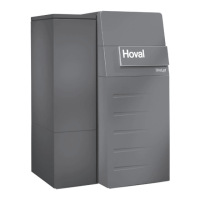
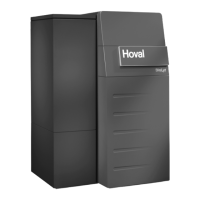

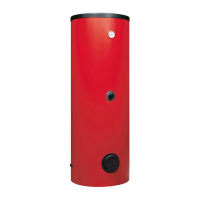


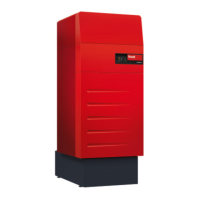

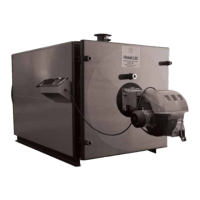
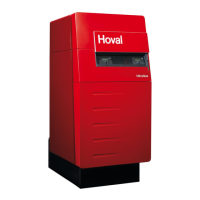

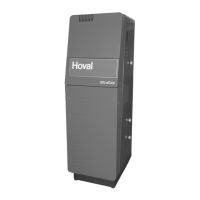
